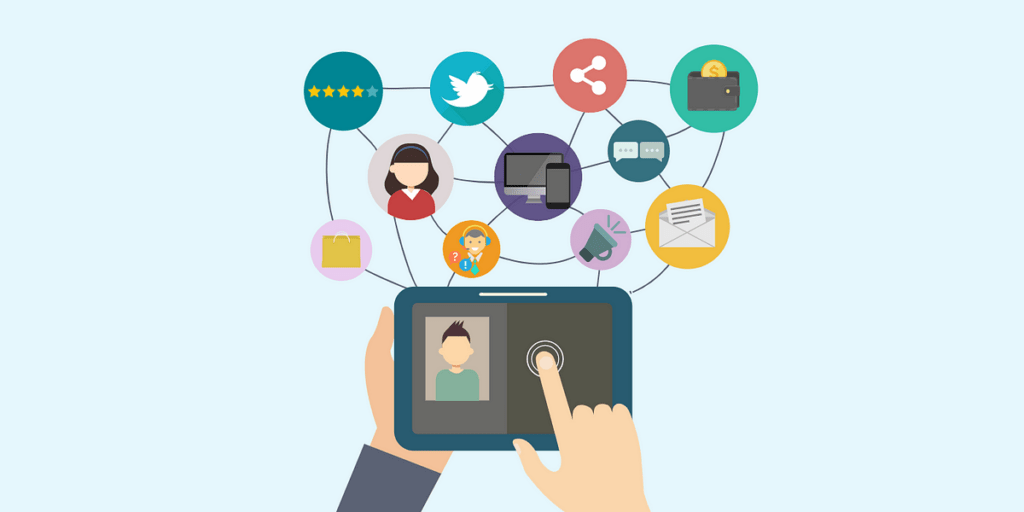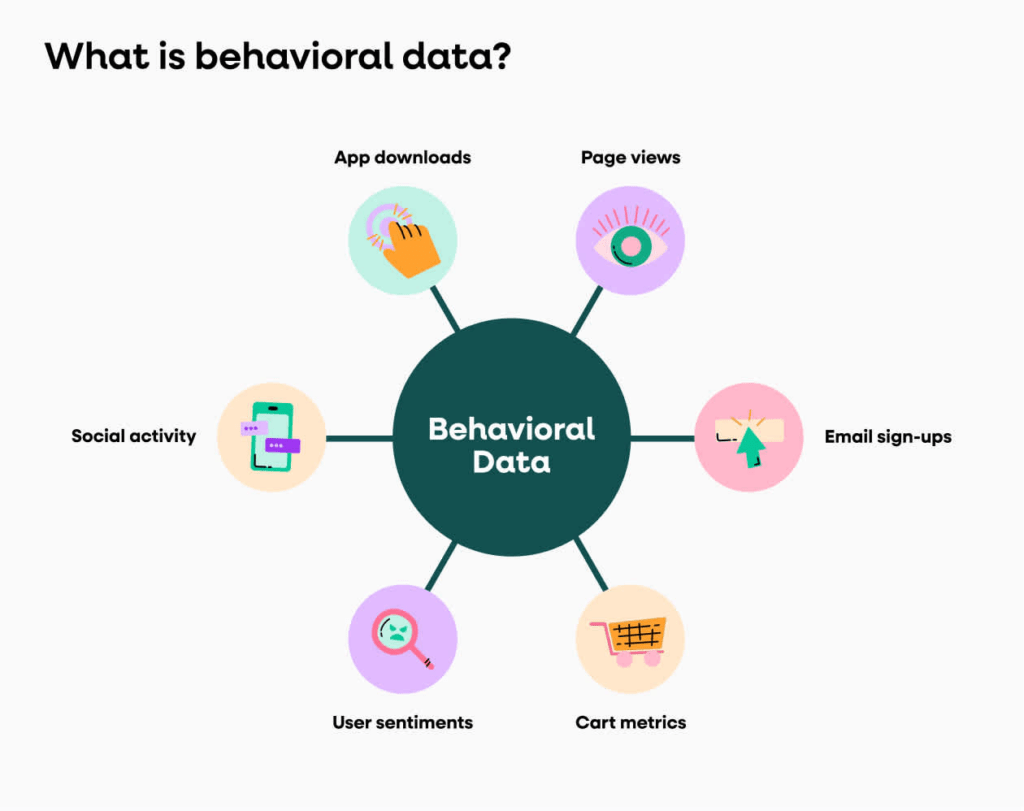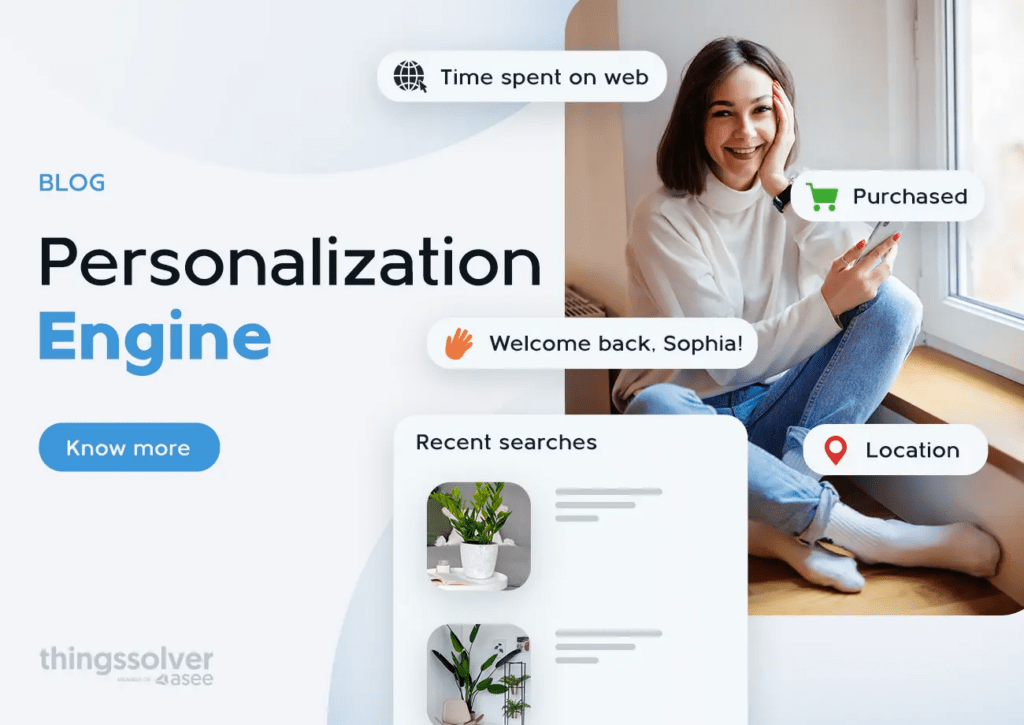In the digital age, creating personalized customer experiences is essential for success. By effectively using data, businesses can enhance engagement, satisfaction, and loyalty. This blog explores how personalization and data work together to craft exceptional customer experiences.

What is Personalization in Customer Experience?
Personalization involves tailoring interactions, products, and services based on individual preferences and behaviors. By leveraging data, businesses can offer relevant content, personalized recommendations, and targeted offers that meet each customer’s unique needs. Consequently, this approach leads to more meaningful and impactful interactions.
The Role of Data in Personalization
Data is crucial for effective personalization. Here’s how different types of data enhance the customer experience:
1. Behavioral Data
Behavioral data tracks user actions on your website or app, such as pages visited and products viewed. By analyzing this data, you can provide personalized recommendations and relevant content. Therefore, businesses can deliver more targeted user experiences, improving overall satisfaction.

2. Demographic Data
Demographic data includes age, gender, and location. This information allows businesses to segment their audience and tailor marketing messages and offers. As a result, you can address the specific needs of different customer groups more effectively.
3. Transactional Data
Transactional data involves details about past purchases and order history. Understanding these patterns enables businesses to create personalized offers and predict future needs. Consequently, businesses can enhance their sales strategies and boost customer satisfaction.
4. Interaction Data
Interaction data captures customer interactions across various channels, including email, social media, and customer service. This helps businesses understand preferences and refine their strategies. Therefore, enhancing communication and improving overall customer experiences becomes possible.
Strategies for Effective Personalization
To leverage data for effective personalization, consider implementing these strategies:
1. Collect and Analyze Data
Gather data from sources like website analytics and CRM systems. By using data analysis tools, you can gain valuable insights and identify trends. This step is crucial for understanding customer behavior and preferences, which in turn informs your personalization efforts.
2. Segment Your Audience
Divide your audience into segments based on shared characteristics. This approach allows for targeted marketing campaigns and personalized offers. As a result, you can create more relevant and effective marketing strategies, leading to higher engagement and conversion rates.
3. Utilize Personalization Engines

Invest in personalization engines that automate tailored experiences. These tools use machine learning to provide real-time personalized content and recommendations. Consequently, businesses can deliver more engaging and relevant experiences, improving customer satisfaction.
4. Continuously Optimize
Personalization is an ongoing process. Regularly update your strategies based on new data and evolving customer preferences. Therefore, continuous optimization helps in maintaining effective and up-to-date personalization practices, ensuring long-term success.
Benefits of Personalization
Implementing personalization strategies offers several benefits:
- Enhanced Customer Experience: Personalization makes customers feel valued and understood.
- Increased Engagement: Tailored content drives higher interaction rates.
- Higher Conversion Rates: Personalized recommendations lead to increased sales.
- Improved Customer Loyalty: Relevant experiences foster greater loyalty.
Challenges of Personalization
While personalization offers numerous advantages, it also presents challenges:
- Data Privacy: Ensure the security and privacy of customer data. Compliance with data protection regulations is essential for building trust.
- Data Quality: Maintain high data quality with effective data management practices. Accurate data is crucial for successful personalization.
- Integration: Seamlessly integrate data from various sources to ensure a unified view of customer information.
Conclusion
Effective personalization, driven by data, transforms customer experiences by boosting engagement, satisfaction, and loyalty. By leveraging behavioral, demographic, transactional, and interaction data, businesses can create meaningful interactions. Implementing robust personalization strategies involves collecting, analyzing, and continuously optimizing data. As a result, businesses can enhance their customer relationships and achieve greater success.



